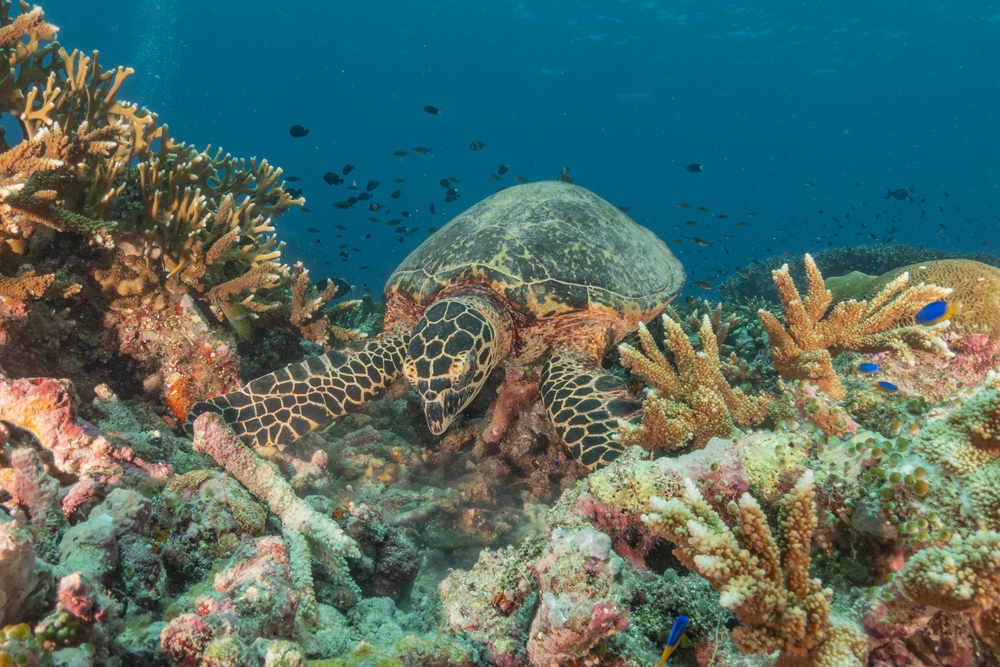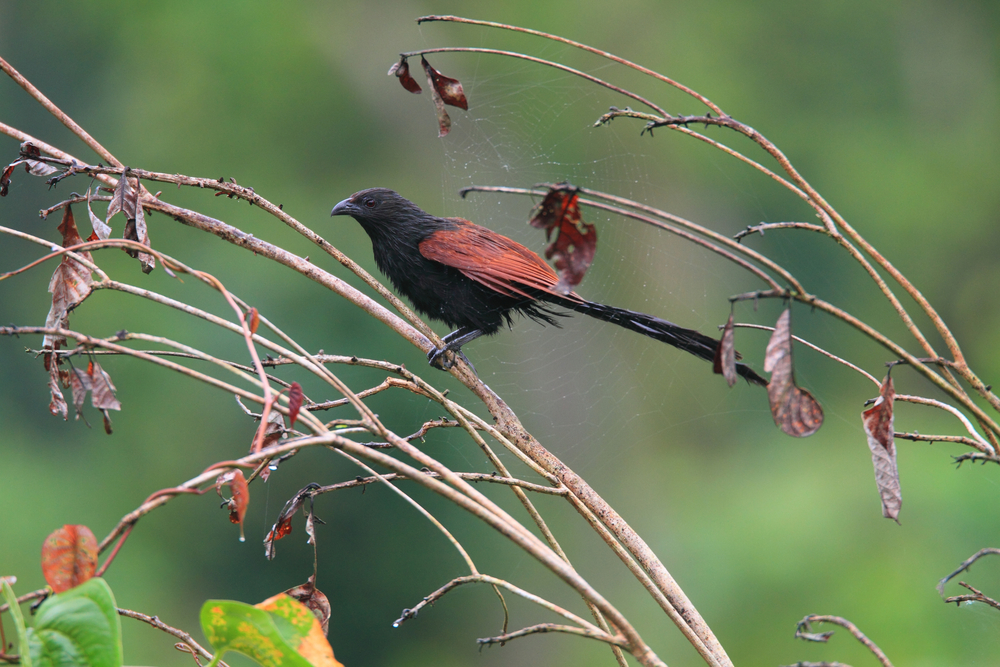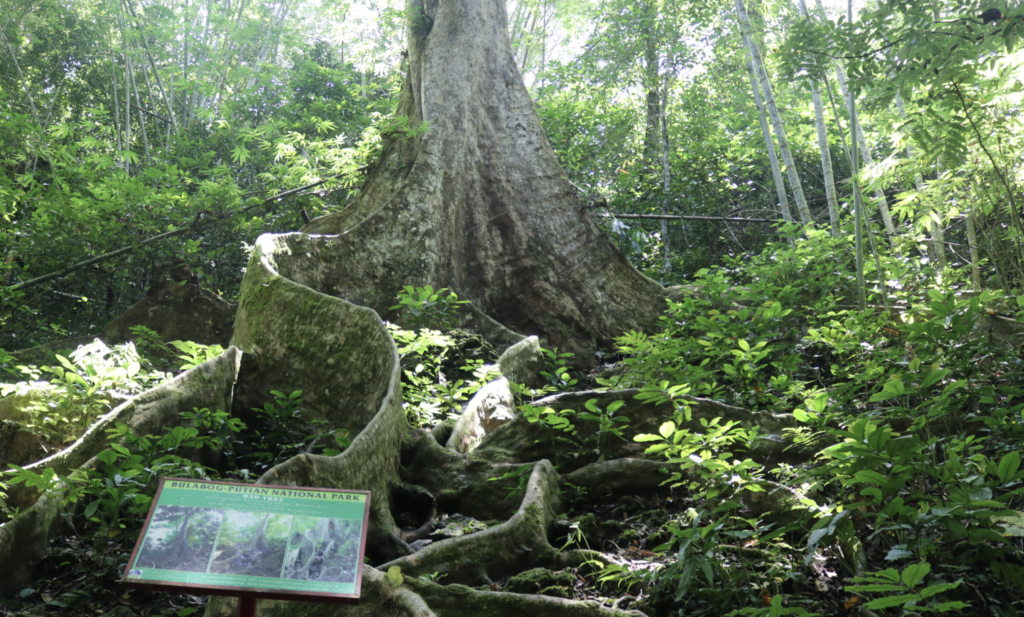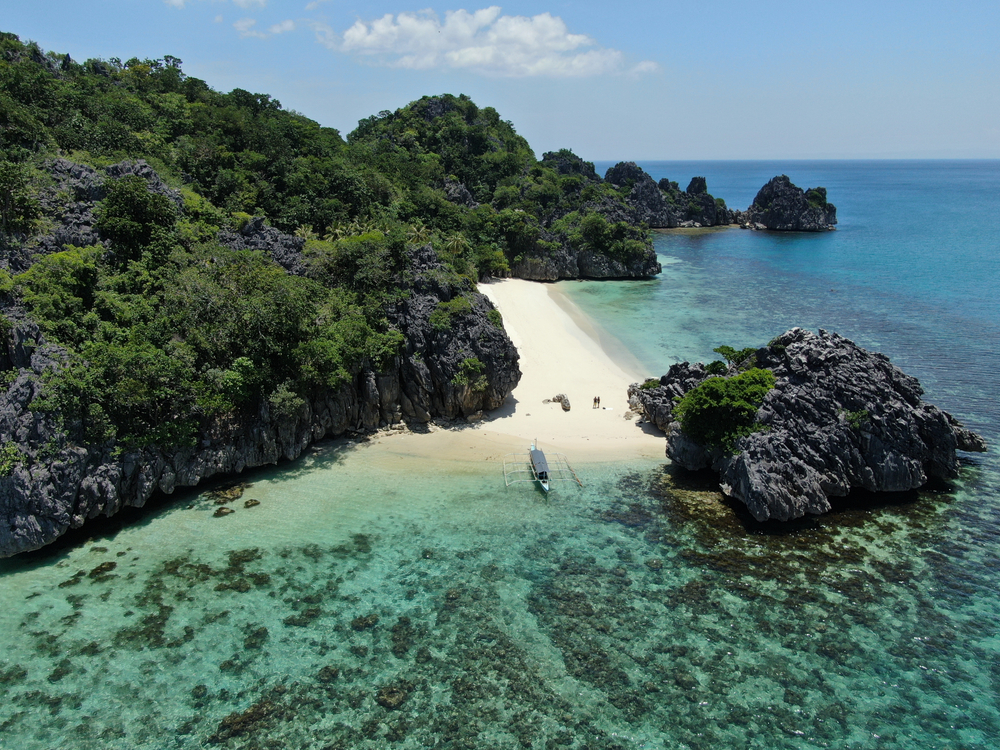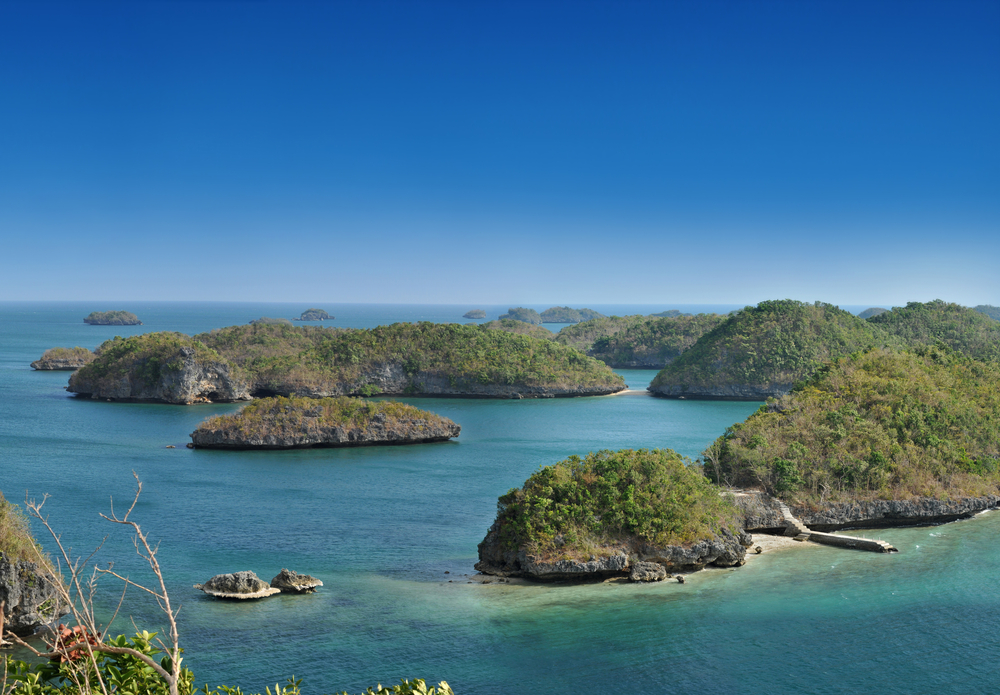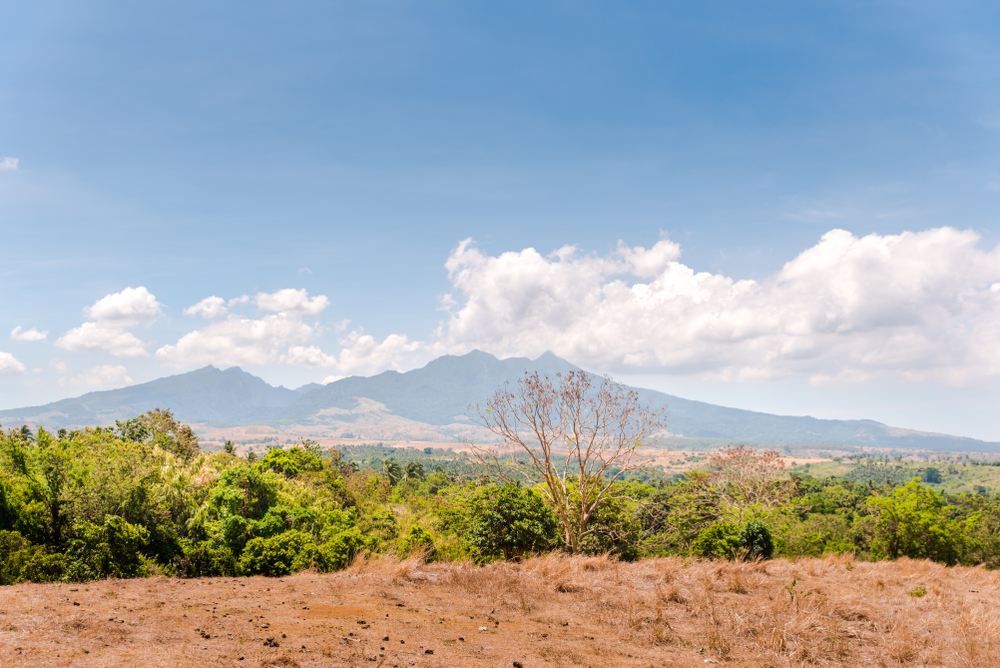Guadalupe Mabugnao Mainit Hot Springs Overview
Guadalupe Mabugnao Mainit Hot Springs National Park, locally known as Pambansang Liwasan ng Guadalupe Mabugnao Mainit Hot Springs, is a unique geothermal and forested protected area located in the municipality of Carmen in the province of Cebu, Philippines.
Covering approximately 0.3 square miles (0.9 square kilometers), this small but significant national park sits in a mountainous inland area in northern Cebu. Established in 1978, the park is best known for its naturally occurring hot springs, lush vegetation, and serene atmosphere, making it both a local sanctuary and a geological attraction.
The terrain of the park consists of gently sloping hills, forested valleys, and rocky stream beds. Its most striking features are the geothermal hot springs that emerge from underground fissures, with temperatures in some areas reaching above 60 degrees Celsius.
Steam rises from the earth in certain spots, especially during cooler mornings, creating an ethereal and misty setting. The surrounding vegetation includes a mix of secondary forest, native shrubs, ferns, and flowering plants that flourish in the warm, humid environment. Bamboo groves, coconut palms, and tall grasses are also common, creating a tropical ambiance that surrounds the steaming springs.
Wildlife in Guadalupe Mabugnao Mainit Hot Springs National Park is modest but still notable for its ecological value. Small mammals such as civet cats and Philippine squirrels may be spotted in the forested patches, while reptiles like skinks and monitor lizards are often seen basking on rocks near the warm water.
A variety of birds inhabit the area, including tailorbirds, sunbirds, and Philippine coucals. Frogs, butterflies, and insects thrive in the moist environment, contributing to the biodiversity of the park despite its small size and proximity to agricultural and rural settlements.
The most popular feature of the park is, of course, its geothermal springs. These springs, ranging from comfortably warm to scalding hot, have long been used by locals for therapeutic bathing.
The warm mineral-rich waters are believed to have healing properties and attract visitors seeking relief from muscle pain, skin ailments, or simply a relaxing soak. Several natural and developed pools exist within the park, and rock-lined bathing areas have been built to accommodate visitors. Trails around the springs lead to forested picnic spots and elevated areas with views of the surrounding hills.
Visitors engage with the park through hot spring bathing, nature walks, and family picnics. The area is especially popular on weekends and holidays, when local families and travelers from nearby towns come to enjoy the relaxing environment.
Small shelters and benches are available for day use, and local guides occasionally offer information about the geothermal activity and the local environment. The spiritual significance of the site is also recognized by some, with a nearby chapel dedicated to Our Lady of Guadalupe adding a cultural and devotional element to the experience.
Conservation challenges in the park include unregulated tourism, waste disposal, and nearby land use changes. However, local government efforts and community awareness campaigns have helped maintain the cleanliness and integrity of the springs and surrounding forest.
Steps have been taken to improve visitor facilities without compromising the park’s natural features. Continued education, sustainable tourism practices, and active local involvement are central to the ongoing protection of this geothermal gem in northern Cebu.











































































